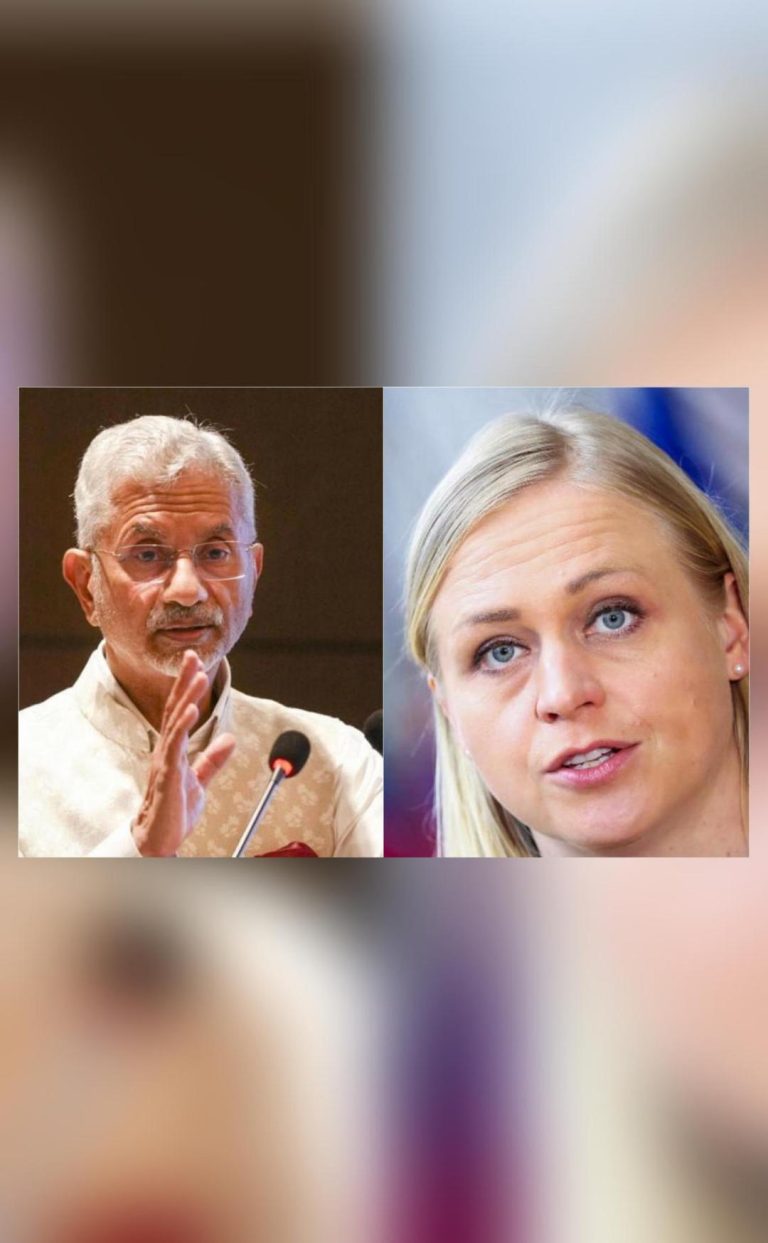
India Deploys IGLA-S Air Defence Missiles Along Border Amid Tensions with Pak
In a significant move to bolster its air defence capabilities, India has deployed IGLA-S air defence missiles along the western border with Pakistan. This strategic deployment comes amid rising tensions between the two nations, with both sides accusing each other of ceasefire violations and military build-ups.
According to reports, the Indian Air Force (IAF) has also upgraded its SU-30 MKI fighter jets with advanced Beyond Visual Range (BVR) missiles, including the Astra Mk-1 and I-Derby ER. This upgrade is expected to eliminate the range disadvantage that Indian jets faced against Pakistani F-16 fighter jets.
IGLA-S, a Russian-made surface-to-air missile system, is designed to engage low-flying targets and has a range of over 10 kilometers. The deployment of IGLA-S missiles along the western border is seen as a significant boost to India’s air defence capabilities, particularly in the face of Pakistan’s growing military might.
Pakistan has been accused of supporting terrorist groups operating in Indian-administered Kashmir, leading to a significant escalation of tensions between the two nations. The Indian government has repeatedly accused Pakistan of violating the ceasefire agreement along the Line of Control (LoC) and has taken several measures to strengthen its military posture along the border.
The upgrade of SU-30 MKI jets with advanced BVR missiles is also seen as a significant move by the IAF to enhance its combat capabilities. The Astra Mk-1 missile, developed by India’s Defence Research and Development Organisation (DRDO), is a short-range BVR missile with a range of over 90 kilometers. The I-Derby ER, a medium-range BVR missile developed by Israel, has a range of over 100 kilometers.
The deployment of IGLA-S missiles and the upgrade of SU-30 MKI jets with advanced BVR missiles are seen as a response to Pakistan’s military build-up along the western border. Pakistan has been rapidly expanding its military capabilities, including the acquisition of advanced fighter jets and missile systems.
Pakistan’s military has also been conducting regular exercises and drills along the border, which has been seen as a show of force by the Pakistani military. The Indian military has also been conducting similar exercises and drills along the border, with a focus on enhancing its combat readiness and responsiveness.
The rising tensions between India and Pakistan have also led to a significant escalation of diplomatic efforts by both sides. The Indian government has been pressing Pakistan to take concrete action against terrorist groups operating in Indian-administered Kashmir, while Pakistan has been accusing India of human rights violations in the Valley.
The international community has also been urging both sides to exercise restraint and engage in diplomatic efforts to resolve their differences peacefully. The United States, in particular, has been playing a key role in mediating the conflict between India and Pakistan, with senior diplomats from both countries engaging in talks to reduce tensions.
In conclusion, the deployment of IGLA-S air defence missiles along the western border and the upgrade of SU-30 MKI jets with advanced BVR missiles are significant moves by India to strengthen its air defence capabilities and enhance its combat readiness. These moves are seen as a response to Pakistan’s military build-up and growing tensions between the two nations.
As the situation continues to unfold, it remains to be seen how the diplomatic efforts between India and Pakistan will progress and whether the two nations will be able to reduce tensions and engage in a peaceful resolution of their differences.
Source: https://x.com/DDIndialive/status/1920145111918481836






